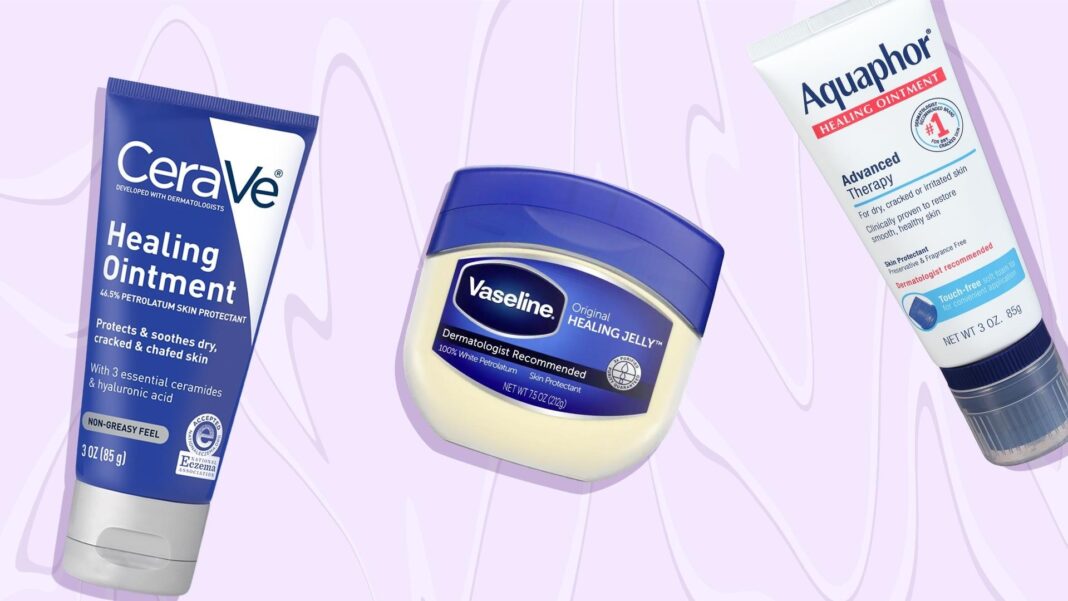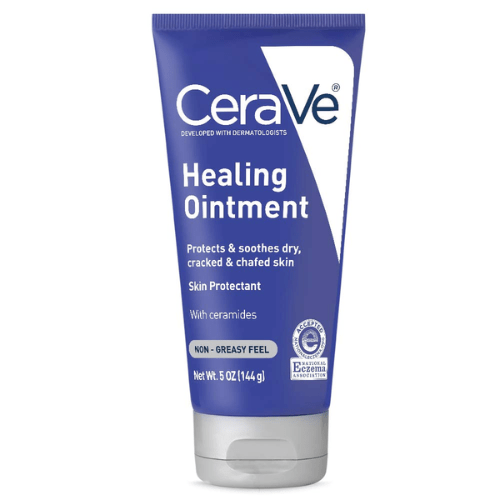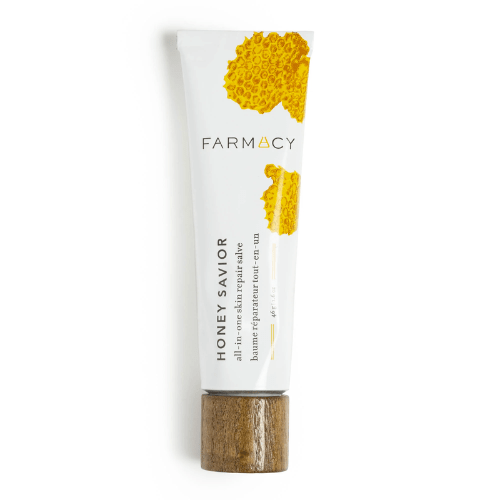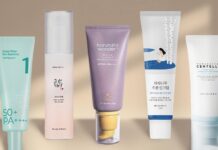
You’ve probably heard about it on TikTok and IG, but slugging has become a viral skincare step. Although it is highly talked about online, it can be an intimidating step for many. Due to this, slugging might not be as commonly practiced as it seems. If you’ve ever wondered about slugging and whether you should try it, here’s everything you need to know about this viral trend!
What Is Slugging?
When you hear “slugging,” it’s hard to think about anything other than a slimy slug running across your face! But the term “slugging” is used to explain the action of putting a thin layer of an occlusive (A.K.A a super thick moisturizing agent that acts as a shield for your skin) to seal in all the goodness from the previous steps of your skincare routine. The term “slugging” comes from the idea that your skin looks like a slug, dewy and slimy looking and, as weird as it sounds, this trend is all the rage on social media. Perhaps it’s due to the credit of multiple dermatologists and skincare influencers praising this has done wonders for their skin!
Is Slugging Inspired by Korean Skincare?
Some people claim that slugging is inspired by Korean skincare routines but in reality, it’s not 100% true! According to Korean skincare, the concept of slugging is unheard of (and it certainly did not originate in South Korea!), but there is a similar trend of using a thick moisturizer or facial oil to help lock in moisture to promote healthy skin. Still, it’s interesting to see how slugging continues to become highly popularized and followed in social media to this day.
How Is Slugging Helpful?
The purpose of slugging is to build a protective barrier over your face, so it’s meant to act as the final step of your routine. After your moisturizer, spread a thick layer of petroleum jelly or an occlusive to lock in your skin’s hydration and water level. This step would be the most helpful for those who have dry to normal skin because it will ensure your skin absorbs your skincare products while retaining your skin’s moisture levels.
Can Slugging Break Me Out?
Vaseline itself is noncomedogenic so it will not clog your pores or cause breakouts. However, if you have oily and acne-prone skin, it’s likely for the Vaseline or petroleum jelly to trap in the oils and clog your pores, which can potentially cause more breakouts. But that doesn’t mean you can’t try out this trend! Because on the flip side, the moisture retained within the skin can help speed up healing (since acne is a wound, after all!), which means, less breakouts! But if you’re not about leaving your skin sticky and slimy, you can still benefit from noncomedogenic occlusive balms or by spreading a thin layer to prevent overwhelming the skin.
How To Slug?
Step One: Complete your skincare routine without using face oils or spot treatments. Make sure to also avoid harsh actives, such as retinol, benzoyl peroxide or chemical exfoliants so your skin does not feel irritated.
Step Two: At the end of your skincare routine, use a pea-sized amount of your slugging-appropriate product of choice.
Step Three: The next morning, cleanse your skin thoroughly so that all of the Petroleum Jelly or slugging product of choice is removed.
Products To Slug With
Want to see more discount codes? Check out the link: https://shopmyshelf.us/collections/51665
Sign up for our free online newsletter: https://bwth.in/newsletter
Shop all of our curated faves at: https://bwth.in/shop
Subscribe to our YouTube Channel for more information and product recommendations: https://bwth.in/subscribe














